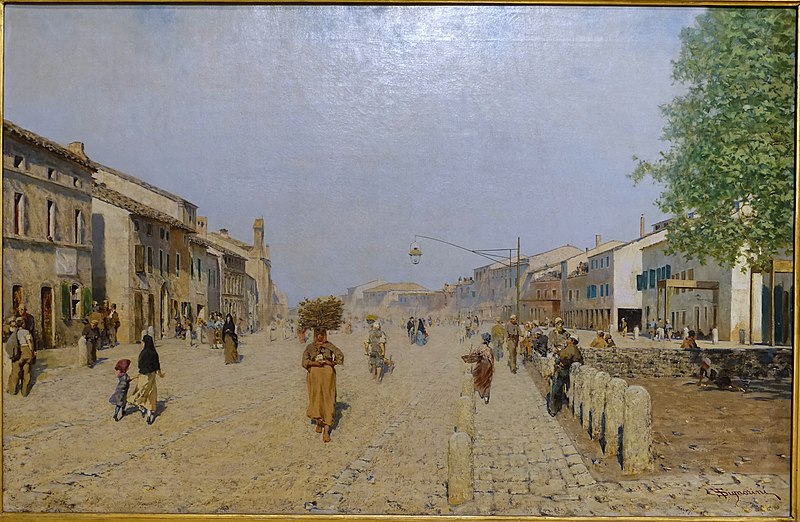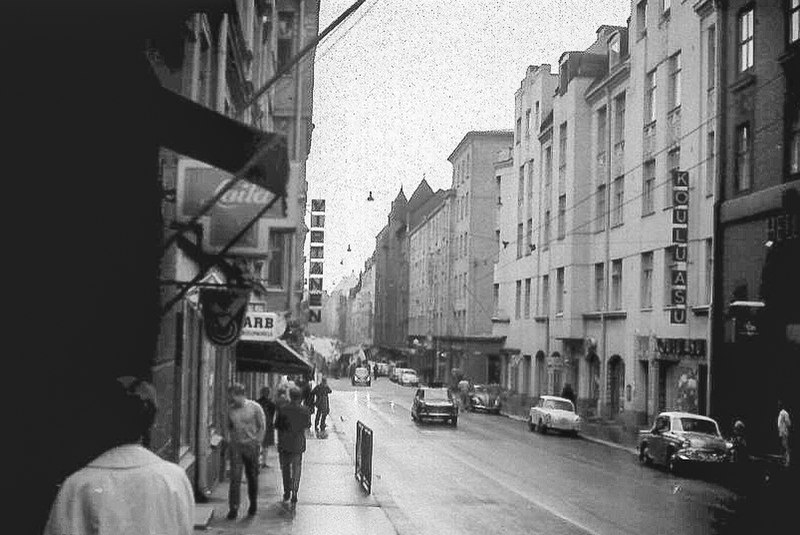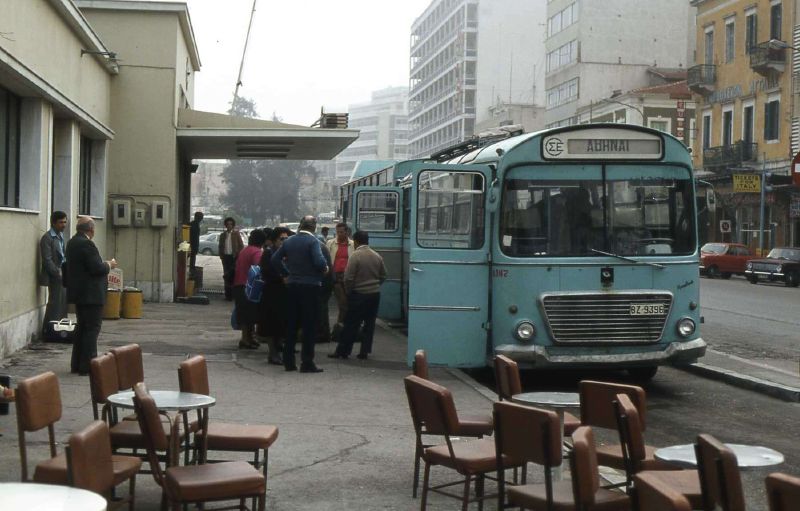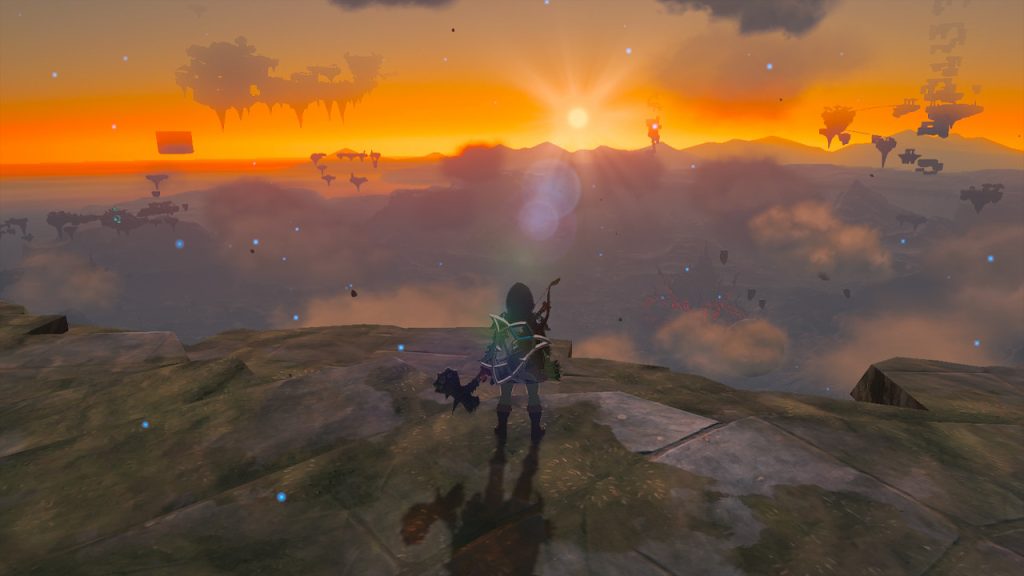Year 1: Boobs, The Wind, Baseball, Lederhosen, Eels, Monkeys, and Doves
Year 2: Hotel Lobby Oysters, Condoms, Spinning Around and Around, 街・町, The Town and Its Uncertain Wall, A Short Piece on the Elephant that Crushes Heineken Cans
Year 3: “The Town and Its Uncertain Wall” – Words and Weirs, The Library, Old Dreams, Saying Goodbye, Lastly
Year 4: More Drawers, Phone Calls, Metaphors, Eight-year-olds, dude, Ushikawa, Last Line
Year 5: Jurassic Sapporo, Gerry Mulligan, All Growns Up, Dance, Mountain Climbing
Year 6: Sex With Fat Women, Coffee With the Colonel, The Librarian, Old Man, Watermelons
Year 7: Warmth, Rebirth, Wasteland, Hard-ons, Seventeen, Embrace
Year 8: Pigeon, Edits, Magazines, Awkwardness, Back Issues
Year 9: Water, Snæfellsnes, Cannonball, Distant Drumming
Year 10: Vermonters, Wandering and Belonging, Peter Cat, Sushi Counter, Murakami Fucks First
Year 11: Embers, Escape, Window Seats, The End of the World
Year 12: Distant Drums, Exhaustion, Kiss, Lack of Pretense, Rotemburo
Year 13: Murakami Preparedness, Pacing Norwegian Wood, Character Studies and Murakami’s Financial Situation, Mental Retreat, Writing is Hard
Year 14: Prostitutes and Novelists, Villa Tre Colli and Norwegian Wood, Surge of Death, On the Road to Meta, Unbelievable
Year 15: Baseball on TV, Kindness, Murakami in the Asahi Shimbun – 日記から – 1982, The Mythology of 1981, Winning and Losing
Year 16: The Closet Massacre, Booze Bus, Old Shoes, Editing Norwegian Wood

The final post in Murakami Fest 2023 is about the very short chapter “Marone’s Apartment” (マローネさんの家).
The Murakamis are back in Rome and only manage to find an apartment thanks to Uvi’s connections. The apartment is in a private neighborhood in the suburbs outside of Rome surrounded by a wall. It’s owned by a woman from Naples named Marone. She’s married to an Englishman, works in the Italian Ministry of Foreign Affairs, and owns three apartments in the neighborhood.
Murakami gives a quick description of Marone, the neighborhood, her daughters, and their dogs before talking about how miserable the apartment itself was: It’s cold, moldy, and it leaks when it rains. They try to find a new place, but it’s hopeless and they end up staying there for 10 months.
I have just a short little passage to share, the last little bit, the only section dealing with Murakami’s work:
“Nothing ever good will come while we’re living somewhere like this,” my wife foretold. And her prophecy was, in a certain sense, exactly right.
While living here, I did a few translations and managed to write the novel Dance Dance Dance. In terms of work, things proceeded smoothly. Facing the prospect of turning 40, I did work I was somewhat pleased with. But in other terms, there were a lot of painful challenges.
「こんなところにいるとろくなことないわよ」と女房は予言したのだが、その予言はある意味ではたしかに当たっていた。
僕はここにいる間にいくつか翻訳の仕事をしたし、『ダンス・ダンス・ダンス』という長編小説を書きあげることもできた。仕事の面では順調にことは捗ったと思う。四十歳を前にして、まずまず満足できる仕事ができたと思う。でもそれ以外の面ではいろいろときついことが多かった。 (281)
That’s a nice way to wrap up this year. We’ll have to wait and see what these challenges are.
This is Murakami at his most productive. Living in less than ideal conditions in Europe, carting around dozens of handwritten notebooks with his most famous writing, somehow passing them off to editors and publishers or flying them back to Japan himself so that he can go over the galleys, only to get back on the plane and isolate himself in Europe. I wonder if he would do anything differently knowing how his career would turn out.
At any rate, I’m already looking forward to reading more and have had to resist the urge to speed ahead. Although, perhaps I will turn this site into a more dedicated analysis of the book at some point, if I ever am badly in need of writing material.





